You’re not alone if you’ve been thinking that recent Apple Watch releases have been a bit underwhelming. Although Apple adds numerous quality-of-life improvements to its wearable each year — and the new Series 8 is no exception — over the past few releases, there’s been little to compel current owners to upgrade to a newer model.
That’s probably fair since the Apple Watch, and wearables in general, are still a growing market. Today, almost everyone already owns a smartphone, so the bulk of Apple’s iPhone customers come from older models or switching over from Android handsets.

However, with the Apple Watch, there’s a large and untapped market of folks who have never even tried a smartwatch. Each new generation of Apple Watch is more about convincing people to take the plunge into this brave new world of wearable technology. Apple presumably hopes that with each minor improvement, more of those on the fence will decide it’s time to jump in.
In other words, if you’re already wearing a recent Apple Watch model, the Apple Watch Series 8 isn’t necessarily for you. While Apple is happy to take your money if you want to upgrade from your Series 7, the Apple Watch Series 8 is designed to make Apple’s smartwatch attractive to a broader range of people.
The last significant Apple Watch feature
The Apple Watch Series 5 is arguably the most compelling upgrade Apple has offered in the past few years, thanks to the always-on display. Unlike more recent Apple Watch releases, this was a feature that stood to improve the lives of every Apple Watch owner rather than being targeted at more specific users.
To be fair, the larger screen on the Apple Watch Series 7 was also a nice overall improvement, but I don’t think it was nearly as significant as the always-on display. More screen space is always nice, but the always-on display made the Apple Watch much more practical to use as an actual watch.
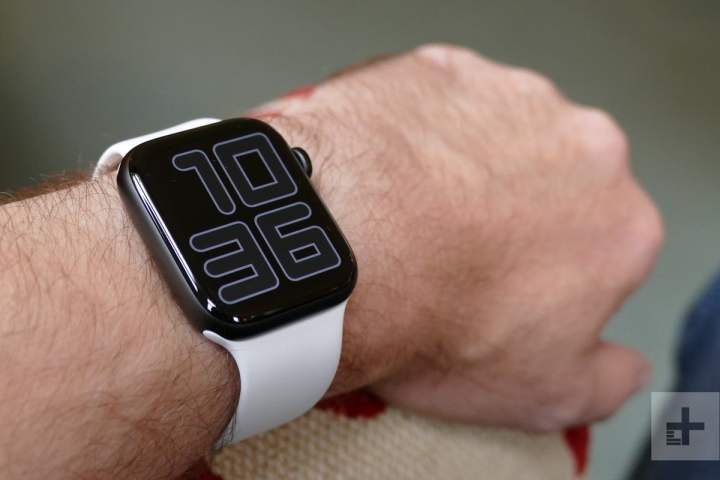
If you’ve ever spilled coffee on yourself trying to check the time on your Apple Watch, you know exactly what I’m talking about. The Apple Watch Series 5 allows you to glance at your watch face without having to move your wrist or tap on the watch face.
This is something folks with traditional watches have taken for granted for years (unless you’re still toting an 80s-era digital watch with a red LED display, of course). It’s also one of the two biggest complaints I once heard from those considering an Apple Watch, second only to the need to charge the device every night.
The Apple Watch Series 5 was the last time I was enthusiastic about upgrading to a new Apple Watch. I’d skipped the Series 4 the year before, and the Series 5 made me glad I waited, as I would have upgraded even that year-old model solely to get the always-on display.
The Series 6 to 8 era
There hasn’t been a new Apple Watch since then that’s given me that same “gotta have it” feeling — at least not among the standard Apple Watch Series models; the Apple Watch Ultra is very exciting, but it also appeals to a niche that I don’t fit into. My idea of an outdoor adventure is a walk to my local Starbucks, and an extreme sports watch seems a bit silly when wandering the streets of Toronto.
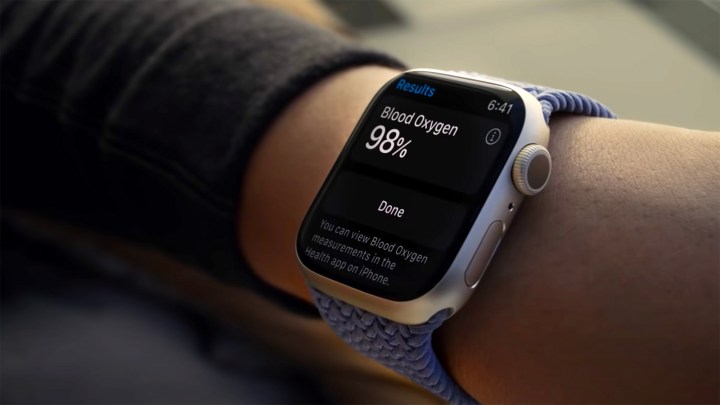
The Apple Watch Series 6 may have been the first model to prove that Apple’s annual refresh cycle was more about iterative improvements to draw in new customers. The only significant new feature at launch was a blood oxygen (SpO2) sensor that wasn’t medically certified; unlike the ECG feature introduced on the Apple Watch Series 4, Apple made it clear that the SpO2 sensor feature was “only designed for general fitness and wellness purposes,” and “not intended for medical use.”
It also didn’t help that, in the weeks following the release of the Series 6, many found that the SpO2 sensor wasn’t ready for primetime. In a scathing report in the Washington Post, technology columnist Geoffrey Fowler declared it “mostly useless,” while ZDNet’s David Gerwitz recommended buying a $20 pulse oximeter from Amazon instead of dropping $400 on the new Apple Watch solely for the new sensor.
That’s not to say the new SpO2 sensor didn’t offer some value. A cheap drug-store pulse oximeter won’t log your blood oxygen measurements, nor will it be able to capture them as you go about your typical day. A new Apple Watch user would be getting this thrown in at no cost, along with all the other great features of the Apple Watch. Still, it wasn’t enough to justify an upgrade for folks already wearing a nearly-identical Series 4 or Series 5.
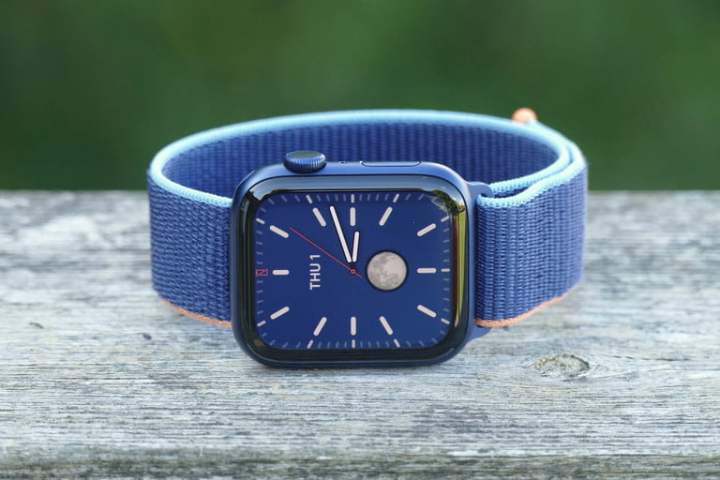
The Apple Watch Series 6 packed in a few other small features, including the U1 chip that would eventually be used to power Apple’s Car Key technology. Nevertheless, with only a handful of the very latest BMW models and a few high-end Genesis and Kia vehicles supporting the Ultra Wideband version of Apple’s Car Key, it’s fair to say that’s even more of a niche feature.
Last year’s Series 7 was the most exciting upgrade since the Series 5. While it (thankfully) didn’t arrive with the wholesale design changes that the rumor mill had incorrectly predicted, it did offer a larger screen. With that also came a full QWERTY keyboard for the first time on an Apple Watch.

This redesign was also joined by faster charging — a very nice upgrade for folks who like to wear their watch to bed but not necessary for those who pop their wearable onto a charger overnight.
Other than those two changes, the specs of the Apple Watch Series 7 were virtually identical to the 2020 Series 6. Even the chip inside didn’t meaningfully change; Apple called the new chip the S7, but it was ultimately just a repackaged S6.
The same has reportedly happened with the Apple Watch Series 8. Although we won’t know for sure until the latest model arrives in our hands, rumor has it that the S8 chip is once again just a repackaged S7.
Why buy the Apple Watch Series 8?
That’s not much of a problem. After all, how fast does the processor on an Apple Watch really need to be? I’ve never had reason to complain that my Apple Watch was too slow, and unlike the iPhone, there’s no need for it to power features like computational photography.
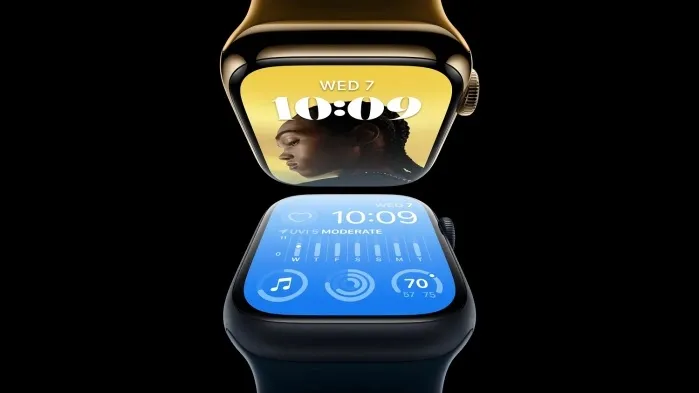
Processor specs aside, the Apple Watch Series 8 otherwise follows the same playbook from the last few years. The latest Apple Watch offers only two significant upgrades over the Series 7: car crash detection and a temperature sensor that’s of relatively limited use.
Crash detection is a great safety feature that’s the sort of thing we sincerely hope you’ll never need. However, like Emergency SOS via satellite on the iPhone 14, it offers some nice peace of mind. The iPhone 14 also has the same crash detection feature, which could lead you to conclude that having it on the Apple Watch Series 8 is a bit redundant if you’re always traveling with your iPhone. However, the Apple Watch on your wrist might be more accessible for communicating with emergency services after a serious accident.
Unlike last year’s Series 7, which didn’t add any new sensors, the Apple Watch Series 8 gains a temperature sensor, but it’s only there for one thing right now: menstrual cycle tracking. The new temperature sensor ties into the Cycle Tracking app that Apple added in the 2019 WatchOS 6 update to help people get a retrospective estimate of when they most likely ovulated.
It’s typical of Apple to introduce new hardware technology only when there’s a practical application for it, and it stands in stark contrast to Samsung, which added a body temperature sensor to the Galaxy Watch 5 this year that still doesn’t do anything. Instead, Samsung is waiting on app developers to take advantage of it. It’s commendable that Apple has a working body temperature sensor out of the gate, even if it’s something that male Apple Watch wearers won’t be able to take advantage of.
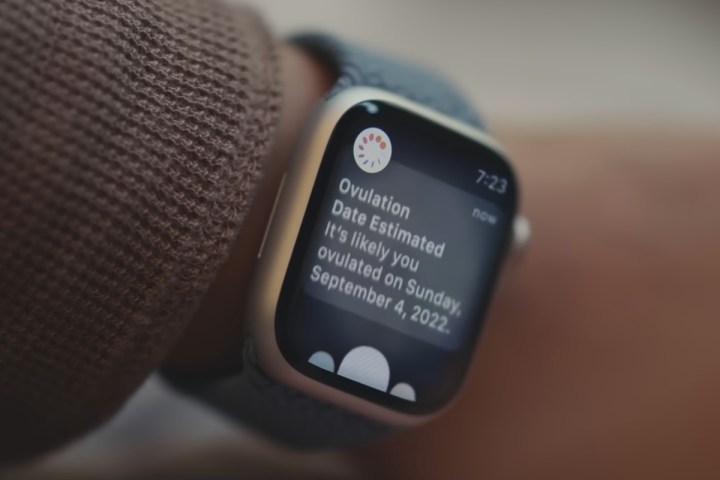
Perhaps ironically, this feature could encourage some people to buy the Apple Watch Series 8 for their partners instead of themselves. Certainly, I can see how it’s something I would have done 10 years ago when my wife and I were trying to conceive a second child without much success. It’s an area where the Apple Watch Series 8 could truly be life-altering, but it’s also another niche feature that will only appeal to a relatively small segment of the market.
I’m still delighted with my Apple Watch Series 5, but if you’re looking for a larger screen or an amalgam of the other features introduced over the past few years, the Series 8 won’t disappoint. As a technology writer, I’m considering it merely to stay current. Still, as a consumer — even one who likes to stay on the leading edge of technology — it’s tough to justify spending money on an Apple Watch Series 8 for what it offers compared to my Series 5.



